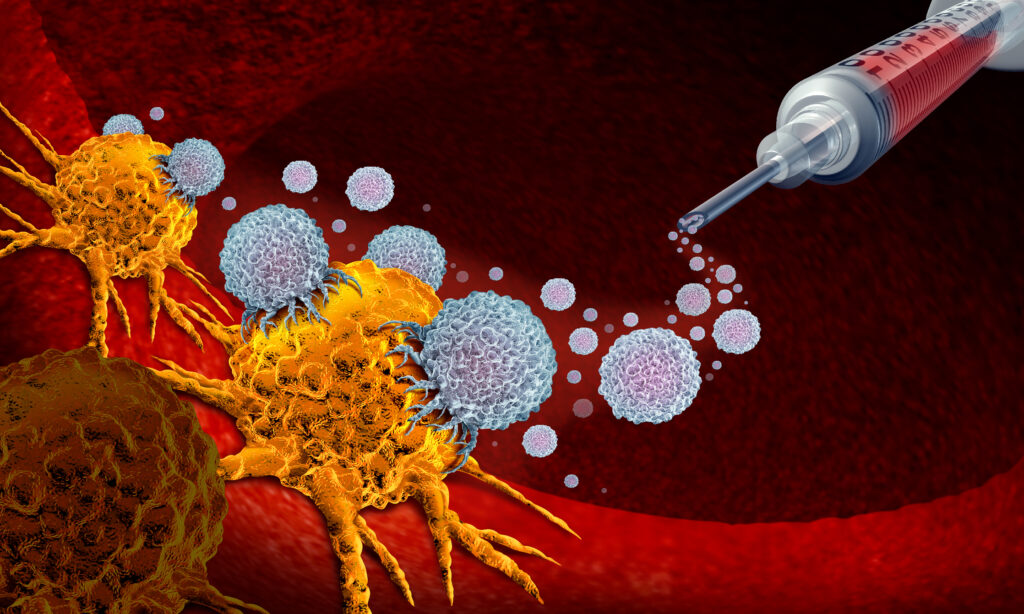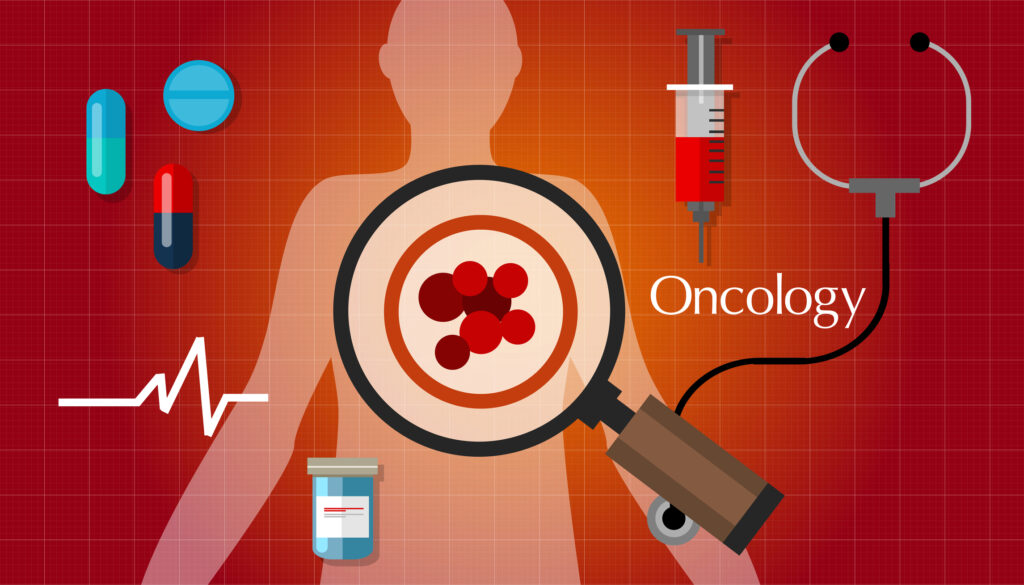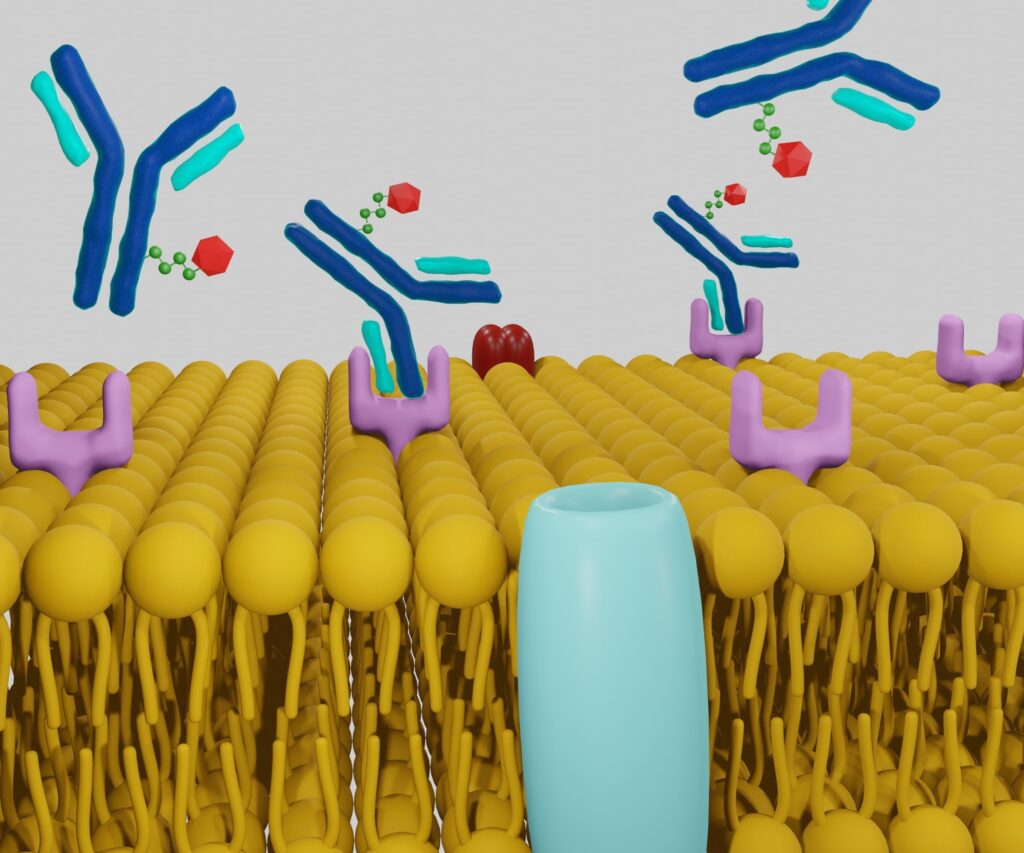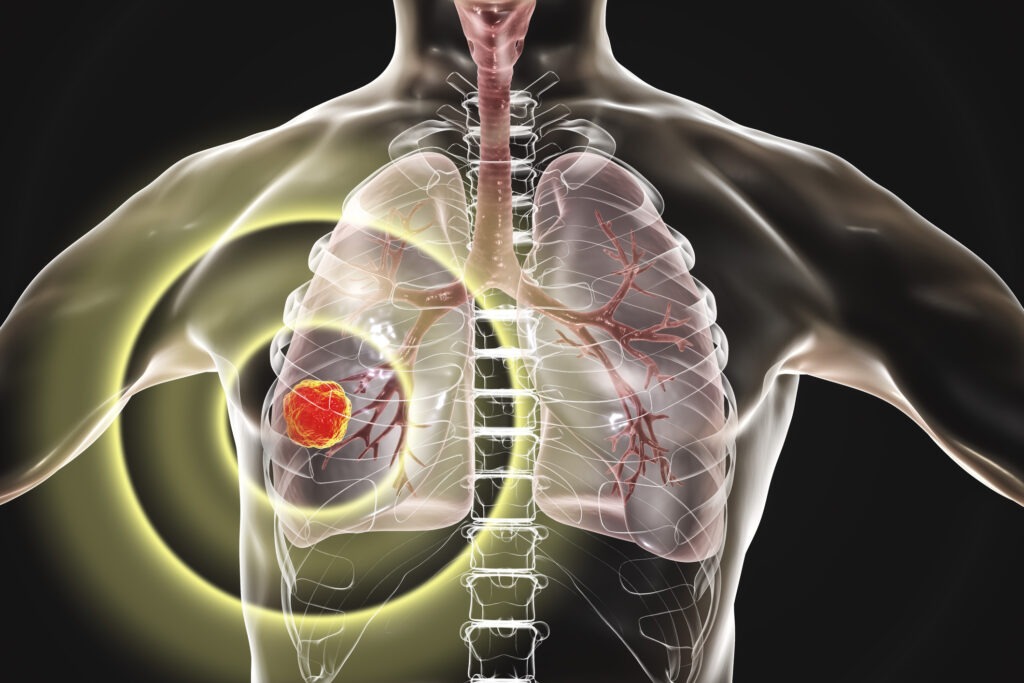On the 31st of March each year, the medical community commemorates World Theranostics Day, marking the anniversary of a monumental event in the history of medicine: the first therapeutic administration of radioiodine to a patient by Dr. Saul Hertz in 1941. This groundbreaking procedure not only heralded the birth of molecular therapy but also paved the way for the development of theranostics, a field that combines therapy and diagnostics to revolutionise the treatment of various diseases. More than eight decades later, Dr. Hertz’s innovative approach continues to influence and benefit the management of thyroid, neuroendocrine, prostate, and an ever-expanding list of other conditions.
The Historical Context and Dr. Saul Hertz’s Contribution
The journey to the first therapeutic use of radioiodine began in the early 20th century amidst a burgeoning interest in the potential medical applications of radioactive substances. However, it wasn’t until the 31st of March, 1941, that Dr. Saul Hertz, a visionary endocrinologist, administered radioiodine to a patient with hyperthyroidism, effectively treating the condition. This landmark procedure occurred at the Massachusetts General Hospital, USA, signified the culmination of years of rigorous research and collaboration between Dr. Hertz and physicists, including Arthur Roberts.
Dr. Hertz’s work was revolutionary, demonstrating the potential of targeted radioactive therapy to treat specific diseases. By using radioiodine, which is naturally taken up by the thyroid gland, he was able to deliver a therapeutic dose of radiation precisely where it was needed, minimising harm to the rest of the body. This approach was groundbreaking, as it introduced the concept of using the body’s natural pathways to deliver targeted treatment.
The Emergence and Evolution of World Theranostics Day
The term “theranostics” combines “therapy” and “diagnostics” to describe a field of medicine that integrates diagnostic imaging and targeted therapy to treat diseases. The foundation laid by Dr. Hertz’s pioneering work has evolved into a dynamic and rapidly growing field. Today, theranostics offers hope to patients with previously difficult conditions to diagnose and treat. It embodies a personalised approach to medicine, where the biological characteristics of an individual’s disease determine the most effective treatment.
In recent years, the application of theranostics has expanded beyond thyroid disorders to include neuroendocrine tumours, prostate cancer, and other diseases. Innovations in molecular biology and imaging technology have propelled the field forward, enabling the identification of specific biomarkers that can be targeted with radiolabelled compounds. This precision medicine approach improves treatment outcomes and reduces side effects, enhancing patients’ quality of life.
The Impact of Dr. Hertz’s Work Today
The legacy of Dr. Saul Hertz is evident in the countless lives saved and improved by theranostic treatments. As we mark World Theranostics Day, we reflect on the progress made and the future possibilities in the field of molecular therapy. The ongoing research and development in theranostics continue to push the boundaries of what is possible, offering new hope for the treatment of complex diseases.
The celebration of World Theranostics Day is a tribute to Dr. Hertz and an acknowledgement of the collaborative effort between physicians, physicists, and researchers that continues to drive innovation in medical science. It serves as a reminder of the importance of cross-disciplinary collaboration in achieving breakthroughs that can transform patient care.
Conclusion
World Theranostics Day on the 31st of March serves as a poignant reminder of the power of innovation in medicine. Dr. Saul Hertz’s administration of radioiodine to a patient in 1941 set in motion a series of developments that have culminated in the advanced field of theranostics we know today. As we celebrate this day, we honour Dr. Hertz’s remarkable contribution and look forward to future advancements that will continue to emerge from the union of therapeutic and diagnostic capabilities in medicine. The journey from that first administration to the current state of theranostics exemplifies the enduring impact of pioneering research and its potential to revolutionise healthcare for generations to come.
Disclaimer:
The content provided in this article is intended for informational and educational purposes only. It reflects historical events and scientific developments based on publicly available sources and current understanding at the time of publication. Open Medscience does not claim to offer medical advice, diagnosis, or treatment. Readers should consult qualified healthcare professionals for personal medical concerns or questions. Any views or opinions expressed in this article are those of the authors and do not necessarily reflect the official policy or position of any affiliated institutions. While efforts have been made to ensure the accuracy of the information presented, Open Medscience makes no warranties or representations regarding completeness, reliability, or suitability for any purpose.




